12 National Monuments That Tell America’s Untold Stories
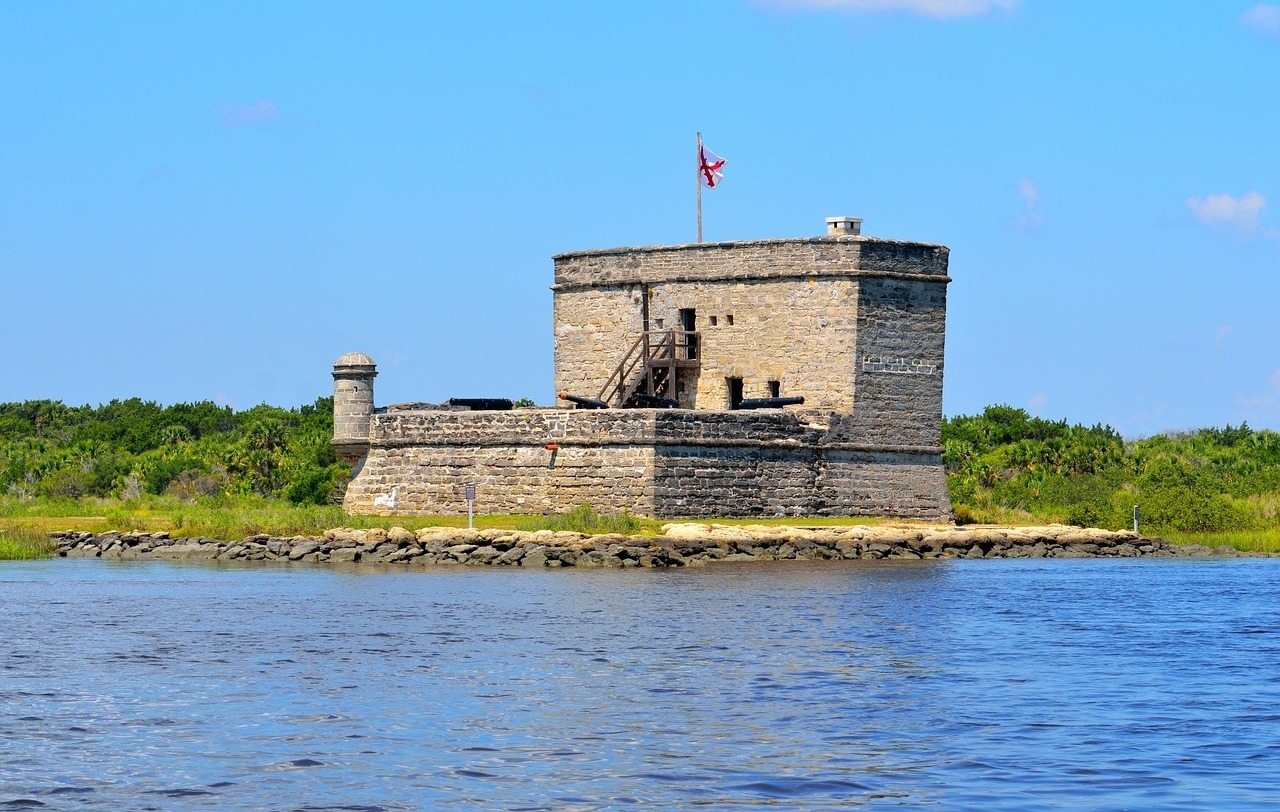
Some of America’s most powerful stories aren’t told in museums or textbooks; they’re carved into the land itself. National monuments across the country preserve voices that were silenced, honor cultures nearly erased, and spotlight moments that changed the nation. These sites aren’t just scenic or historic, they’re revealing. Visiting them means stepping into chapters of America’s story that most people have never read. Here’s where the truth still echoes.
1. African Burial Ground National Monument (New York, NY)
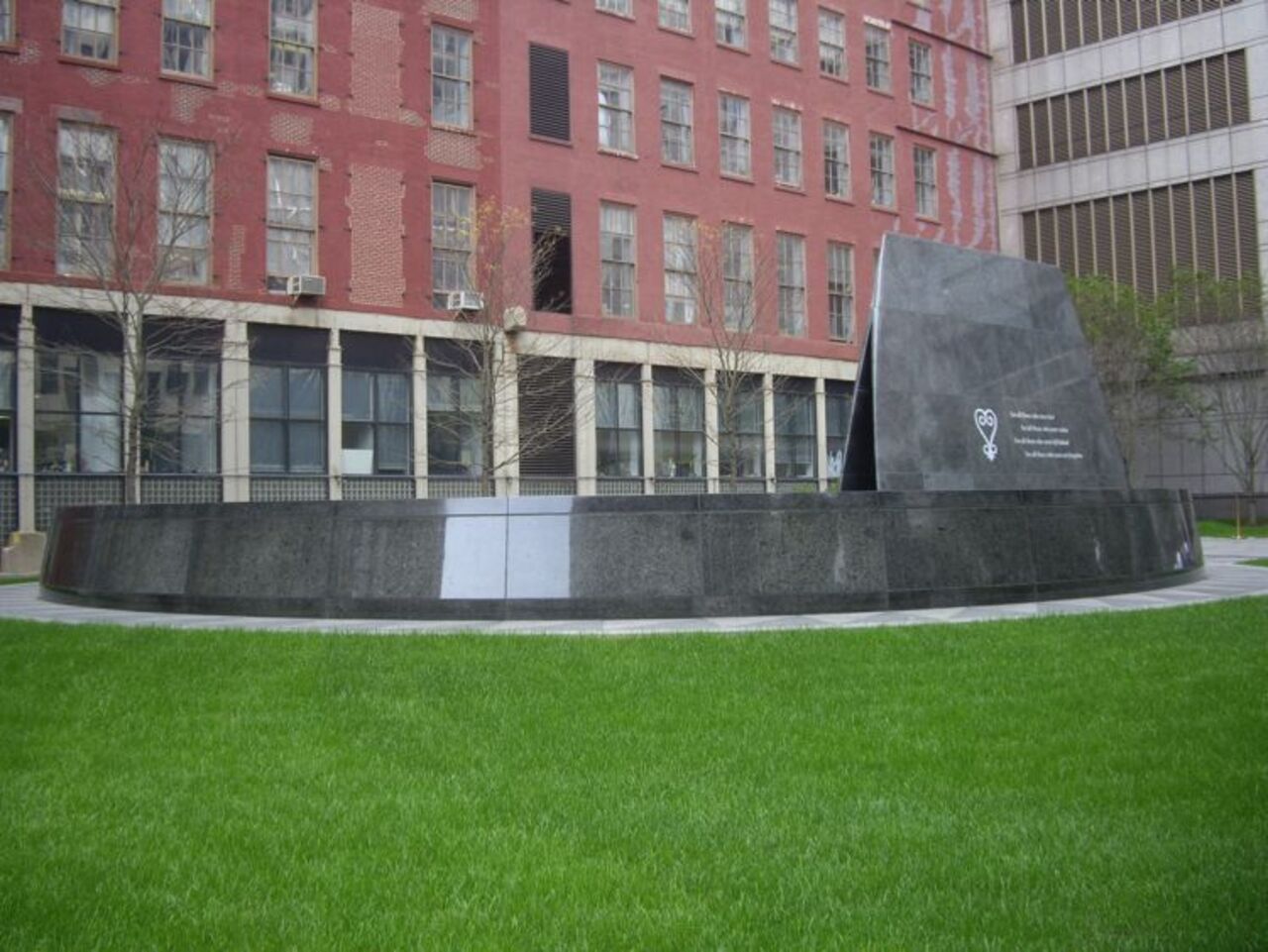
Beneath Lower Manhattan’s modern skyline lies a sobering reminder of New York’s past. Discovered in the early 1990s, the African Burial Ground revealed over 400 skeletons of enslaved and free Africans buried during the 17th and 18th centuries. The site exposed the role slavery played in building New York, long before the South became synonymous with it. Today, this national monument preserves the legacy of thousands whose stories were nearly lost under centuries of urban development.
2. Freedom Riders National Monument (Anniston, AL)
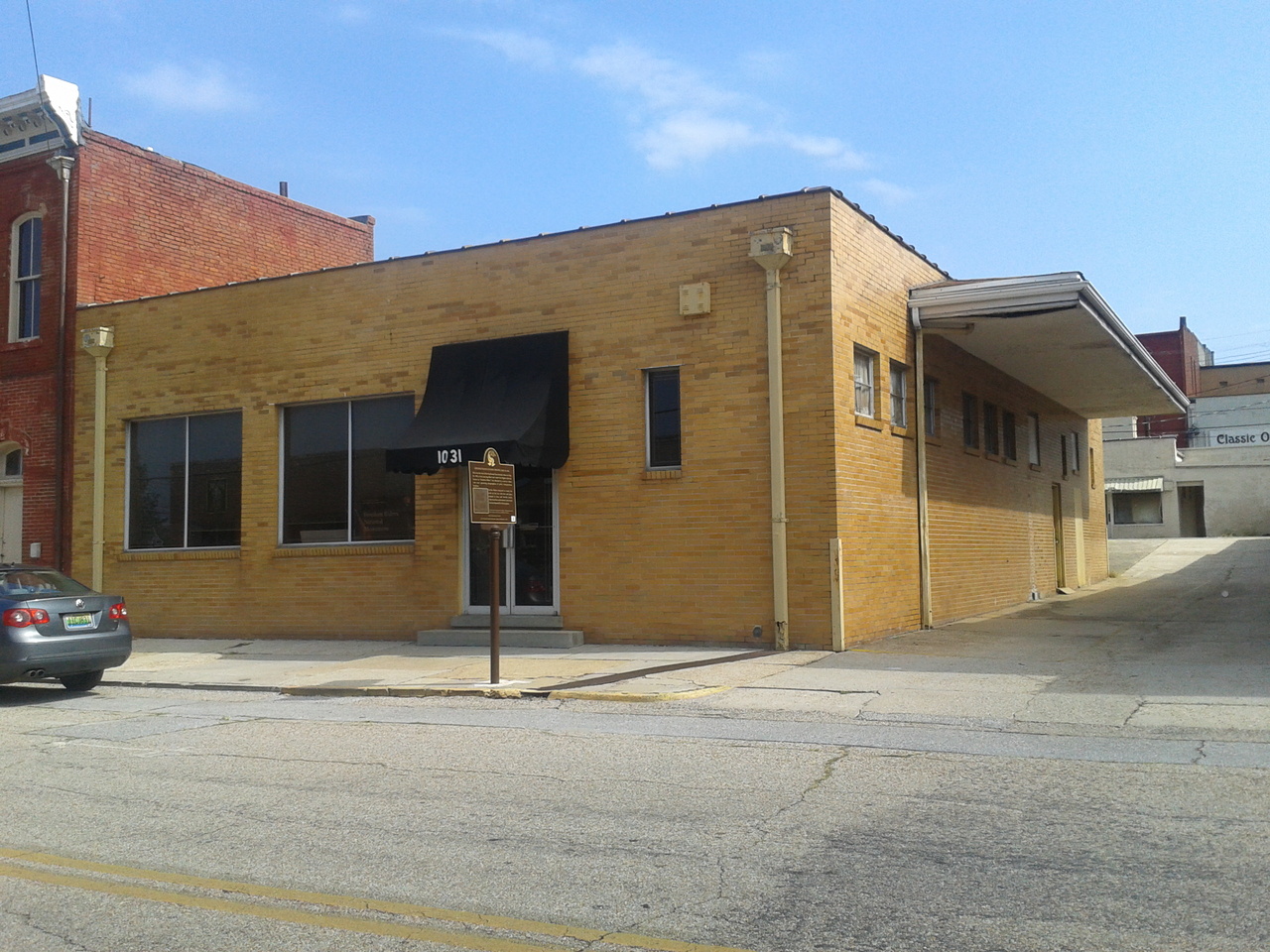
What happened outside a Greyhound station in 1961 forced the nation to look squarely at its deep-rooted racism. This monument commemorates the attack on a bus of interracial civil rights activists, the Freedom Riders, who challenged segregation in the Deep South. Their bus was firebombed, and riders were beaten. The site honors their bravery and marks a pivotal moment in the fight for desegregation, turning a small Alabama town into a landmark of American conscience.
3. Birmingham Civil Rights National Monument (Birmingham, AL)

This isn’t just about a place, it’s about a city that became a battleground for justice. The Birmingham Civil Rights National Monument brings together multiple historic sites, including the 16th Street Baptist Church, where four young Black girls were killed in a racially motivated bombing in 1963. Nearby, Kelly Ingram Park witnessed peaceful protestors brutally attacked by police dogs and fire hoses. The monument captures the urgency, sacrifice, and strategy behind the movement that reshaped the country.
4. Charles Young Buffalo Soldiers National Monument (Wilberforce, OH)
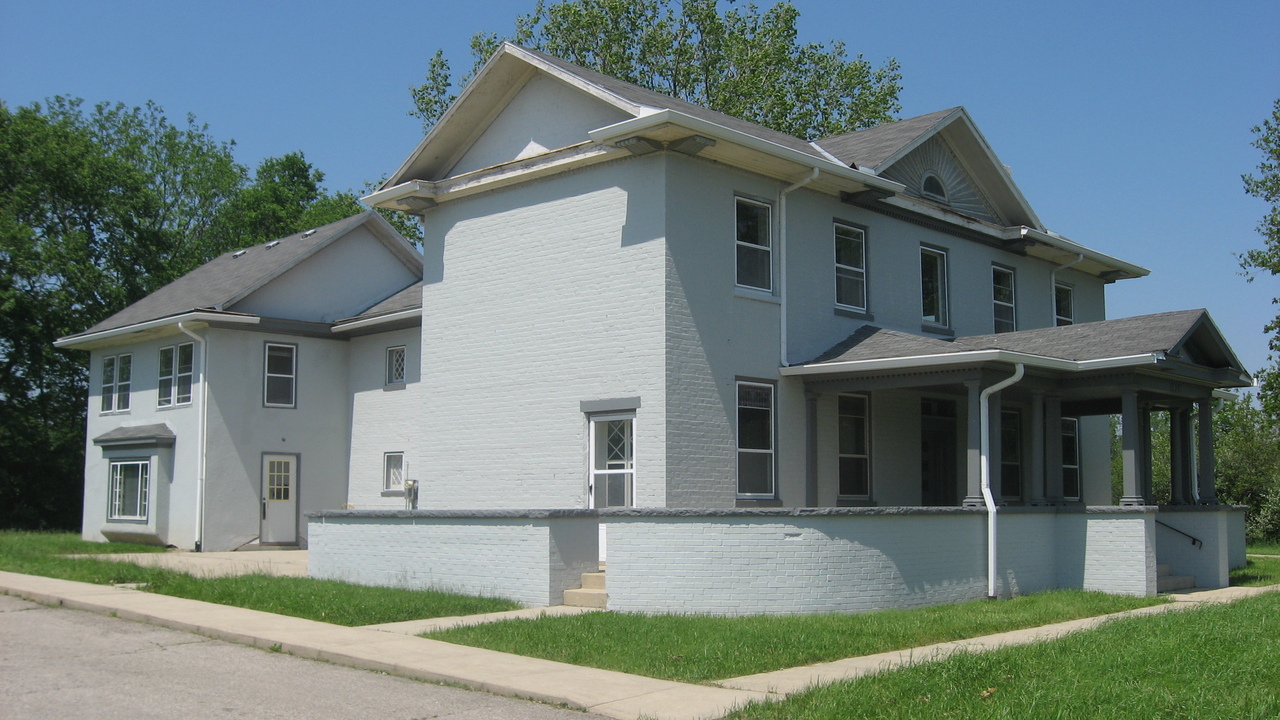
Charles Young’s life defied the expectations of his time. Born into slavery, he rose to become the third Black graduate of West Point and the first Black national park superintendent. This monument preserves his home and honors the Buffalo Soldiers he once led, Black regiments that played key roles in westward expansion, park protection, and military history. His story threads through the fabric of America’s contradictions: perseverance amidst systemic exclusion.
5. Booker T. Washington National Monument (Hardy, VA)
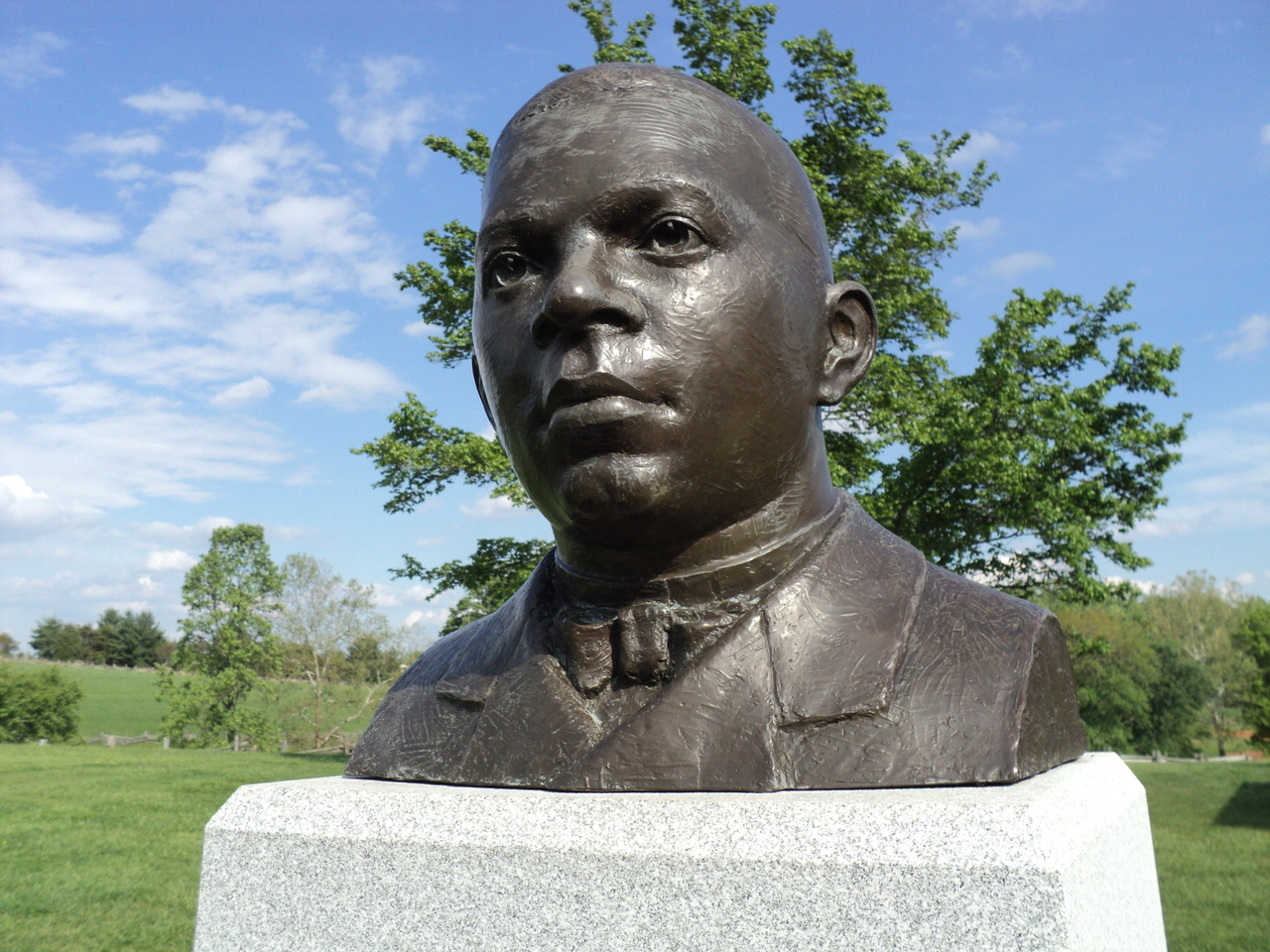
The land where Booker T. Washington was born enslaved is now preserved as a national monument that tells the story of his journey from bondage to influence. The site includes a reconstructed tobacco plantation, giving a candid look at plantation life. But it also reflects Washington’s enduring message of education and self-reliance. It’s a place that contrasts the brutal beginnings of slavery with one man’s lifelong work to uplift others from its shadow.
6. Frederick Douglass National Historic Site (Washington, D.C.)
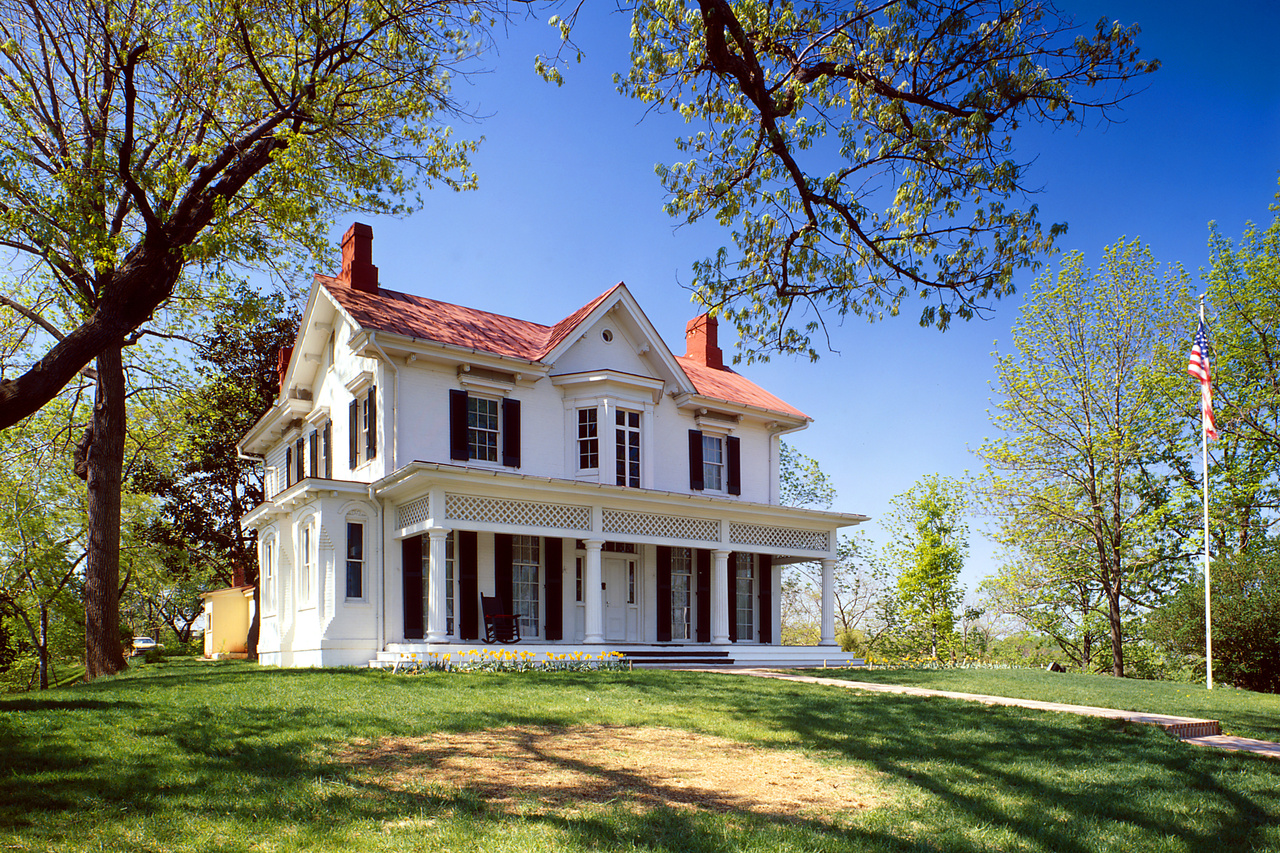
Perched high above the Anacostia River, Douglass’s final home offers a quiet but powerful view into his later years. The house is preserved almost exactly as he left it, with his books, writing desk, and even eyeglasses intact. Here, Douglass hosted presidents and advocated fiercely for civil rights after emancipation. Walking through this home is like stepping into the mind of one of America’s most relentless voices for freedom and relentless justice.
7. Harriet Tubman Underground Railroad National Monument (Church Creek, MD)
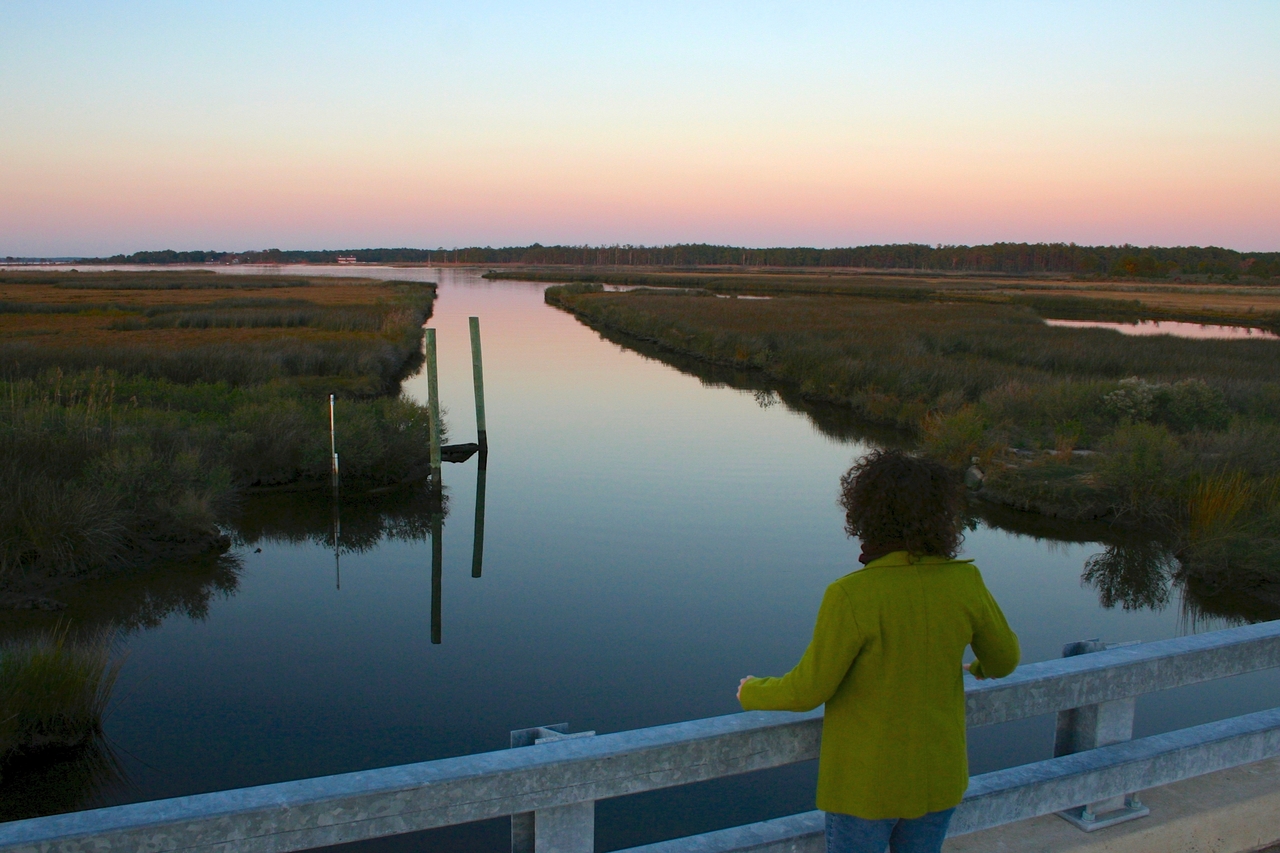
The marshes and woods of Maryland’s Eastern Shore weren’t just scenery for Harriet Tubman; they were her tools, her hiding places, and her battleground. This monument preserves the very landscapes she knew by heart, the same wild terrain she used to outwit slave catchers and lead dozens to freedom. Without maps or weapons, she relied on the stars, bird calls, and deep intuition. Walking these trails today gives a rare, raw sense of the courage and skill it took to fight slavery on her own terms.
8. Emmett Till and Mamie Till‑Mobley National Monument (Mississippi and Illinois)
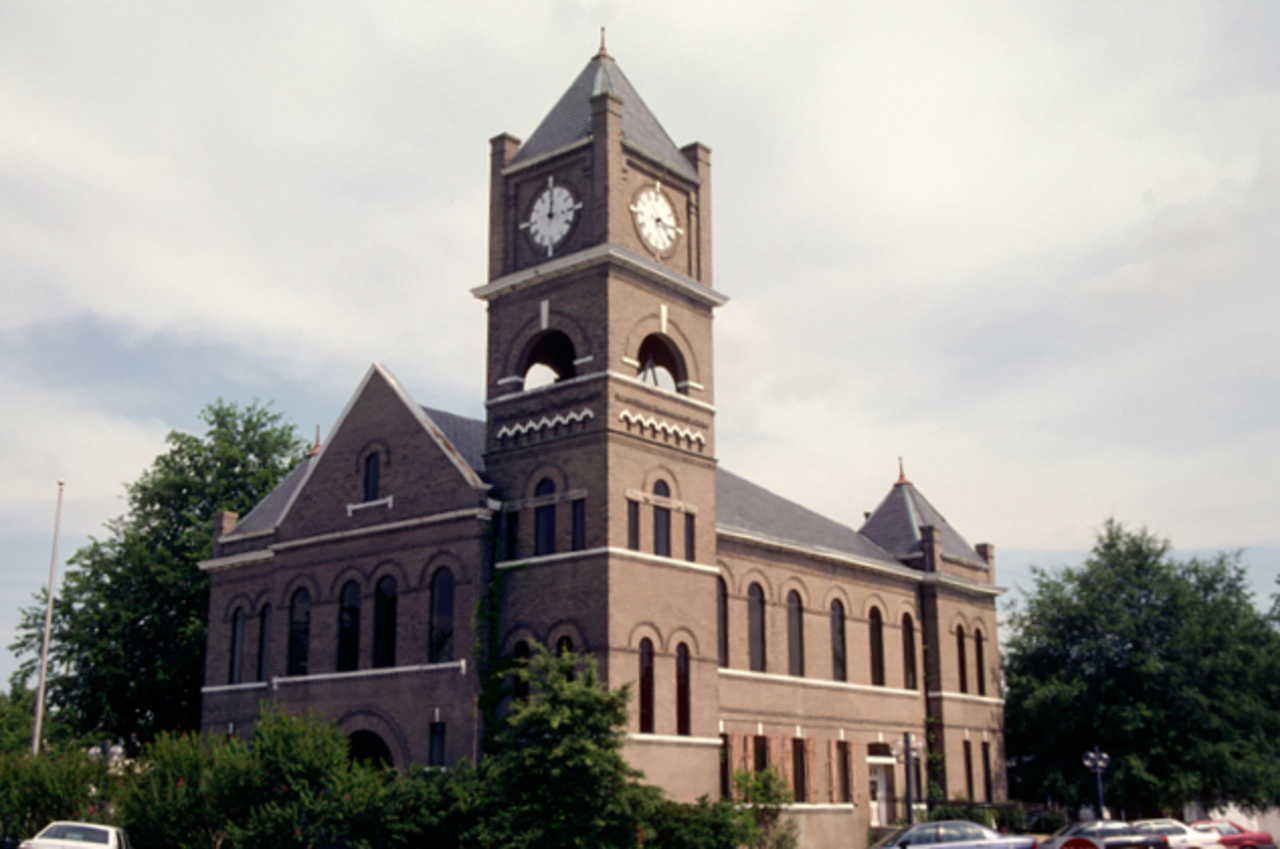
Few stories sparked national outrage like Emmett Till’s. After his brutal murder in Mississippi, his mother, Mamie Till-Mobley, insisted that the world see his body, unembalmed and unhidden. This monument spans both the Chicago church where his open-casket funeral took place and the Mississippi site where his body was found. It speaks not just to racial violence but to a mother’s courage in exposing it. It’s a sobering but necessary stop on any map of American justice.
9. Little Bighorn Battlefield National Monument (Crow Agency, MT)
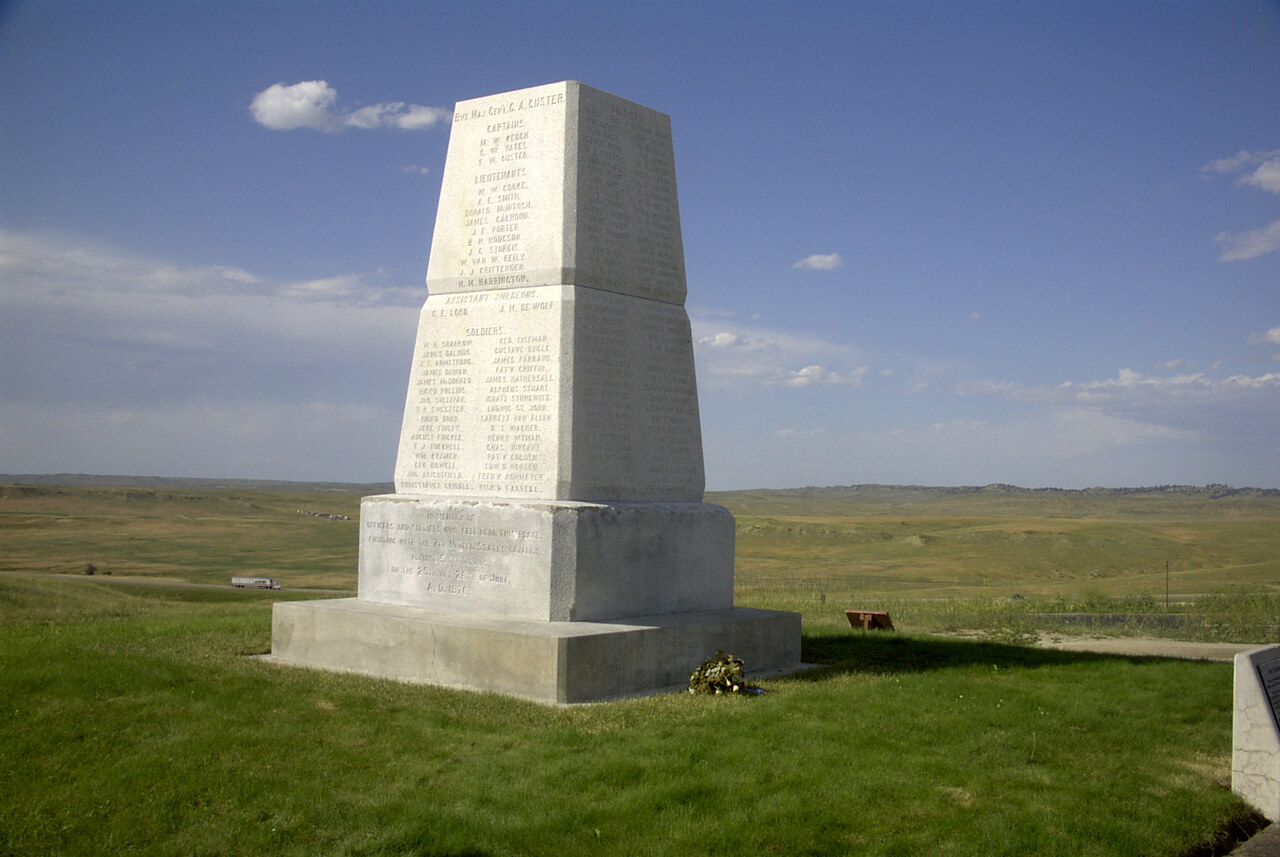
This battlefield tells two vastly different stories: Custer’s Last Stand, and the resistance of Native tribes fighting to preserve their way of life. For generations, the emphasis leaned heavily on General Custer and his troops. Now, the monument also centers the Lakota, Northern Cheyenne, and Arapaho warriors who fought and won that day. Tombstones for Native combatants were only added in recent decades. It’s not just about who died, but who was finally acknowledged.
10. Sand Creek Massacre National Historic Site (Kiowa County, CO)
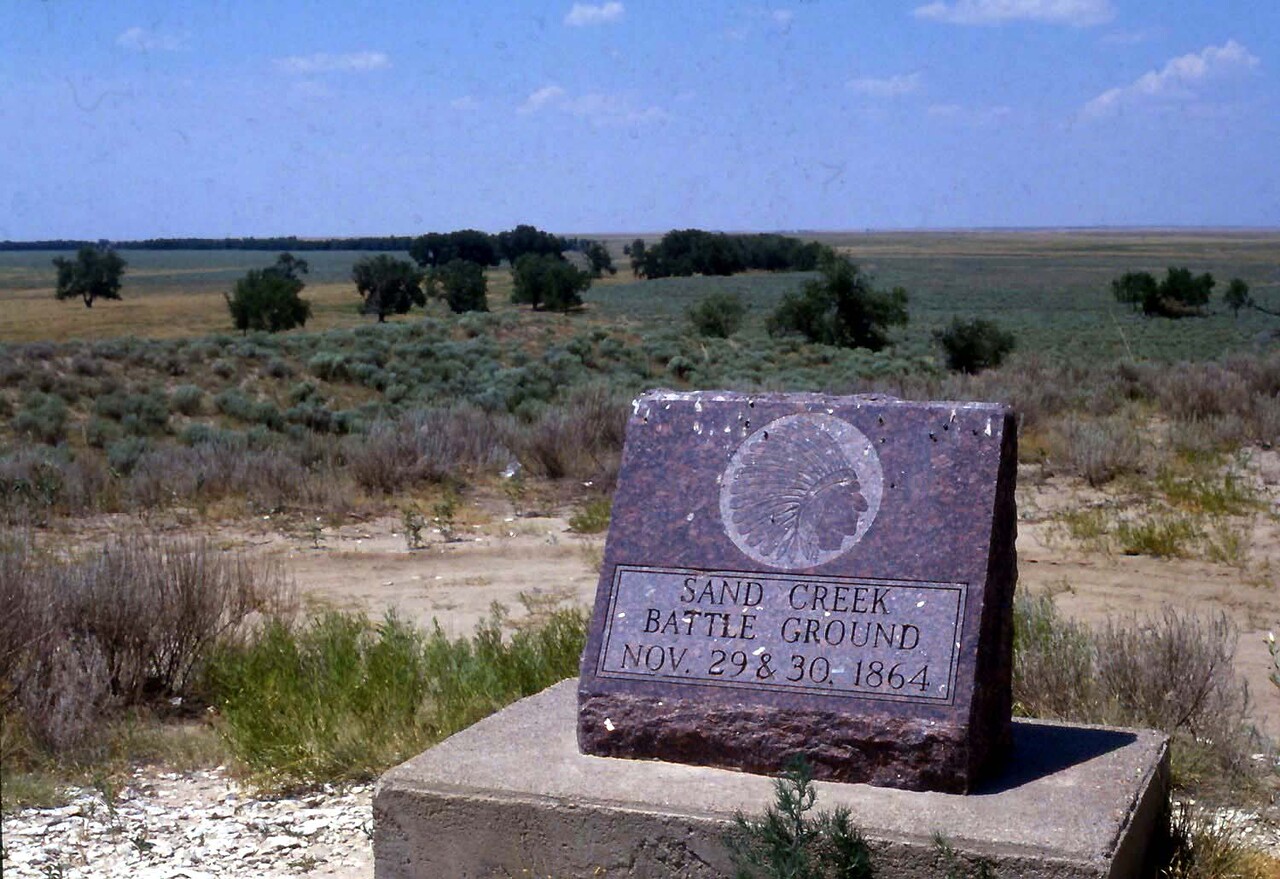
The Sand Creek Massacre wasn’t a battlefield victory, it was a calculated slaughter. In 1864, over 200 Cheyenne and Arapaho people, most of them women and children, were murdered by U.S. soldiers despite flying a white flag of peace. The site today is quiet prairie, but it carries the weight of truth. For decades, this atrocity was misrepresented or ignored. The national monument corrects that. It names the violence plainly and asks visitors to confront the darker realities of U.S. expansion.
11. Manzanar National Historic Site (Inyo County, CA)
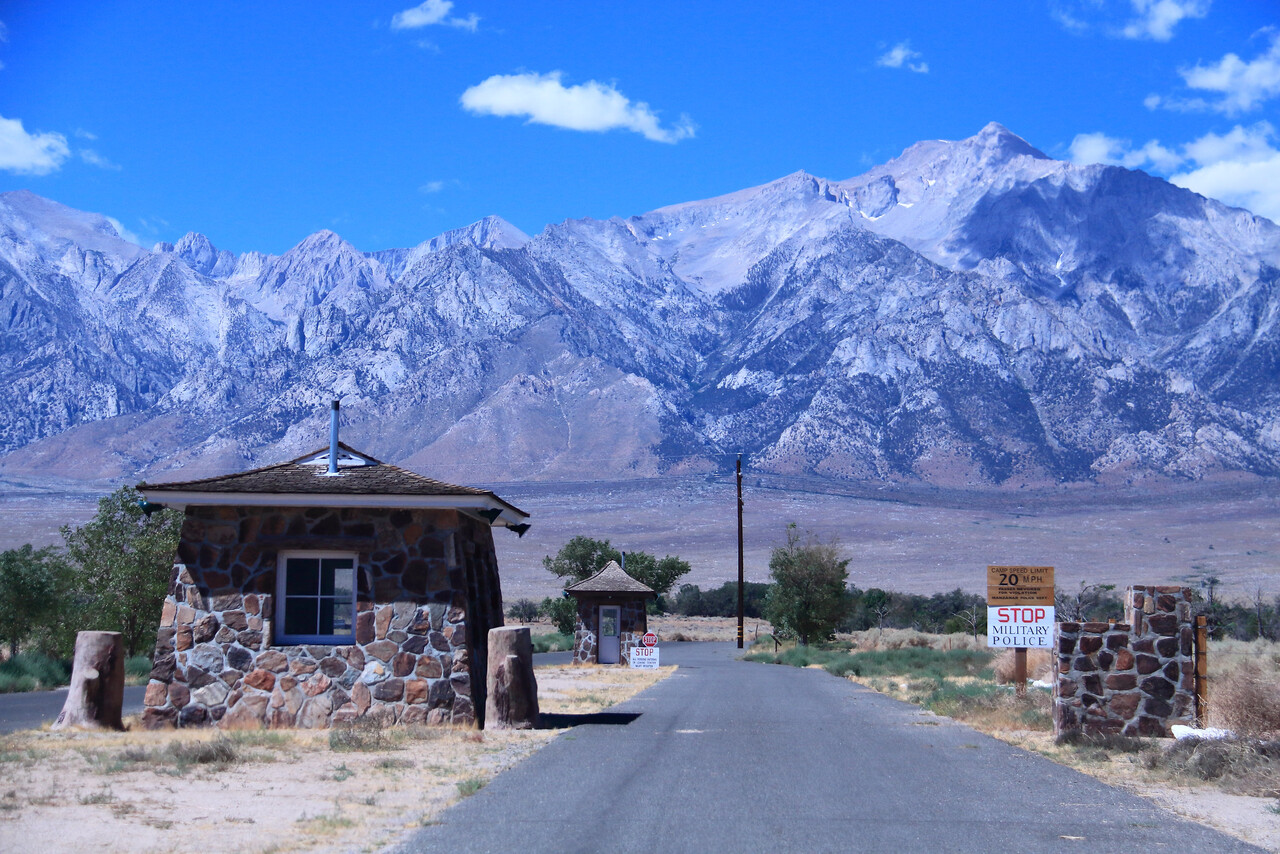
In the shadow of the Sierra Nevada, over 10,000 Japanese Americans were incarcerated here during World War II. Manzanar is now a national historic site that tells the story of their forced removal, confinement, and resilience. The original barracks and guard towers still stand. So does a cemetery with a striking white obelisk, left untouched. It’s a quiet place, but the silence speaks volumes about fear, prejudice, and the fragility of civil rights in wartime.
12. César E. Chávez National Monument (Keene, CA)

This monument centers on the home and headquarters of César Chávez, the labor leader who co-founded the United Farm Workers and fought for the dignity of agricultural workers. His story is inseparable from the migrant labor camps and endless rows of California fields. The site preserves La Paz, a community where Chávez lived, organized, and built a movement. It reminds visitors that social change often starts in quiet places—with people others choose not to see.